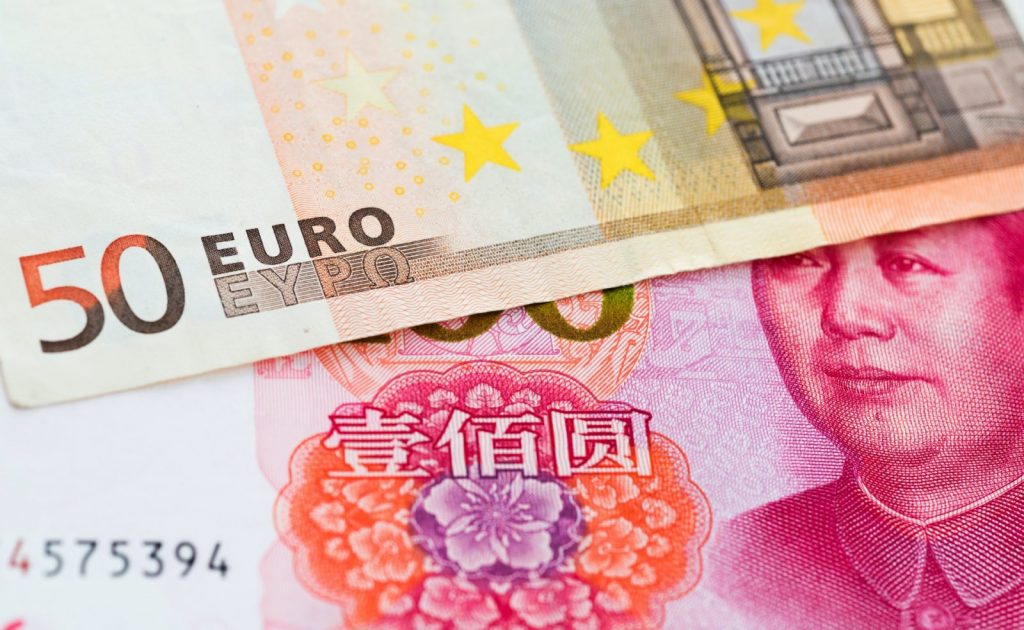
Less than two years ago all the street’s talk was China imposing restrictions on crypto operations and banning mining activities. Today the country is the first in the world to actually test, even in sandbox mode, the digital national currency. European financial community, on the contrary, was mostly liberal towards Bitcoin legitimization but is facing bureaucratic slowdowns in introducing digital Euro.
The reason is simple: while blockchain per se is all about decentralization, Central Banks’ digital currencies (CBDCs) are centralized. Distributed ledger plays a critical role in accounting and recording transactions but emission and regulation is in hands of the Central Bank, and circulation procedures are to be approved (or accepted) by the financial community. And the two countries have a very different approach to this.
In China, most if not all major strategic financial decisions are made by the authorities. The financial sector had to follow the rules with no room for discussion. The EU which is, by its nature, a product of common wisdom and joint multinational forces, typically seeks multilateral compromise.
Fabio Panetta, who is a board member of the European Central Bank and chairs Europe’s High Level Task Force on CBDC and stablecoins, said last month that the ECB and national central banks are exploring four areas for the digital Euro: testing the TIPS settlement system to nd if it could support a scenario with hundreds of millions of customers, establishing the interoperability between centralized systems and DLT, linking the later with the use of “payment-dedicated blockchains with electronic identity, and finally, exploring hardware devices for online transactions that guarantee privacy.
China is moving more rapidly and has approached the forefront, set to become the first major economy to launch a CBDC. Its sovereign digital currency program, dubbed Digital Currency Electronic Payment (DCEP), has launched one of the largest real-world trials in several cities over the last few months. By May 2020, China had already led more than 120 patent applications for its official digital currency.
As always, there are multiple rumours surrounding the process, like, that Hong Kong may be the first global ‘sandbox’ for China’s DCEP digital yuan, or news on the second public trial for the digital yuan kicked off in Suzhou, a city in eastern part of the country where a total of RMB 20 mn ($3 mn) was dispersed in red envelopes containing RMB 200 each to 100,000 lottery winners.
This newsow clearly marks the difference in the two systems’ strategies. Chinese regulators clearly stick to ‘jump into the river and learn to swim’ one while the Good Old Europe is building a raft and expects it to be tested before setting sail. As the Dragon ramps up its operations, we will discover the second part of this equation — if China really targets the international market, and to what extent. All South-East Asia is the natural playground but it is worth knowing what other cookie jars their fingers in…